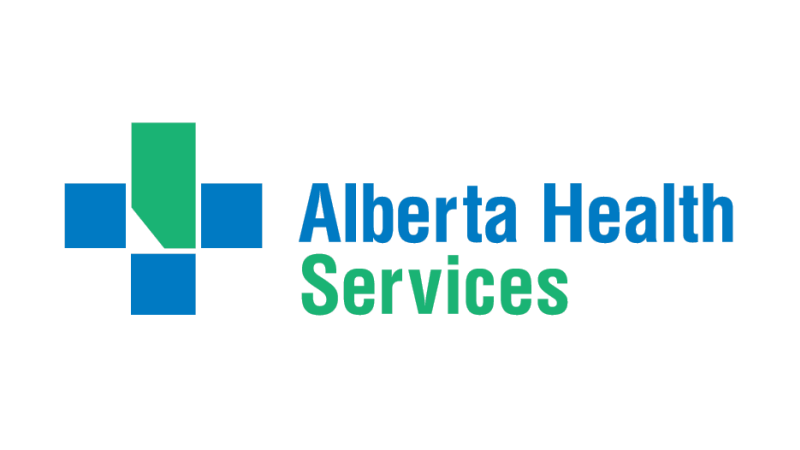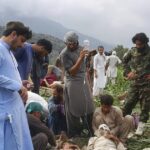Multiple new measles cases have emerged at healthcare facilities across northern Alberta, setting off alarm bells among public health officials who are now scrambling to contain what appears to be a growing outbreak. Alberta Health Services confirmed today that five additional cases have been identified at Grande Prairie Regional Hospital and Fairview Health Complex, bringing the provincial total to 17 confirmed cases since early July.
“We’re witnessing a concerning pattern of transmission, particularly in healthcare settings where vulnerable populations may be exposed,” said Dr. Elaine Thompson, Alberta’s Chief Medical Officer of Health. “These new cases demonstrate how incredibly contagious measles can be, capable of spreading through the air even after an infected person has left the room.”
The outbreak has raised significant concerns as measles had been declared eliminated in Canada in 1998. However, declining vaccination rates in certain communities have created pockets of vulnerability, allowing the virus to gain footing once again. Health records indicate that all individuals infected during this outbreak were either unvaccinated or had incomplete vaccination status.
Alberta Health Services has issued exposure notices for specific locations and times, including the emergency department at Grande Prairie Regional Hospital between July 8-10 and the main lobby of Fairview Health Complex on July 12. Anyone who visited these locations during these periods is urged to check their immunization status immediately.
“The MMR vaccine remains our most effective tool against measles, with two doses providing approximately 97% protection,” explained Dr. Thompson. “For those who may have been exposed and are unsure of their immunity status, there is still a window of opportunity where vaccination can prevent or reduce the severity of illness if administered within 72 hours of exposure.”
This outbreak comes amid what health experts describe as a perfect storm of factors: pandemic-related disruptions to routine immunization services, growing vaccine hesitancy, and increased international travel. According to the World Health Organization, global measles cases increased by 79% in 2024 compared to the previous year.
The economic impact of the outbreak is also becoming apparent. Local businesses near affected facilities have reported decreased foot traffic, and the provincial healthcare system is absorbing significant costs related to contact tracing, testing, and treatment. Analysis from the University of Alberta suggests that each measles case costs the healthcare system approximately $25,000 in direct medical expenses.
Provincial health authorities have established temporary vaccination clinics in affected communities and are conducting extensive contact tracing. Officials emphasize that measles symptoms typically appear 7-21 days after exposure, beginning with high fever, cough, runny nose, and red, watery eyes, followed by the characteristic rash.
As summer travel season reaches its peak, public health officials are particularly concerned about potential spread to other provinces. “We’re working closely with our counterparts across Canada to monitor the situation and prepare for possible cases in their jurisdictions,” noted Federal Health Minister Samantha Collins in a statement released this afternoon.
As Alberta confronts this outbreak, a crucial question emerges: in an era of advanced medical knowledge and proven vaccines, how have we allowed preventable diseases like measles to make such a troubling comeback?

























